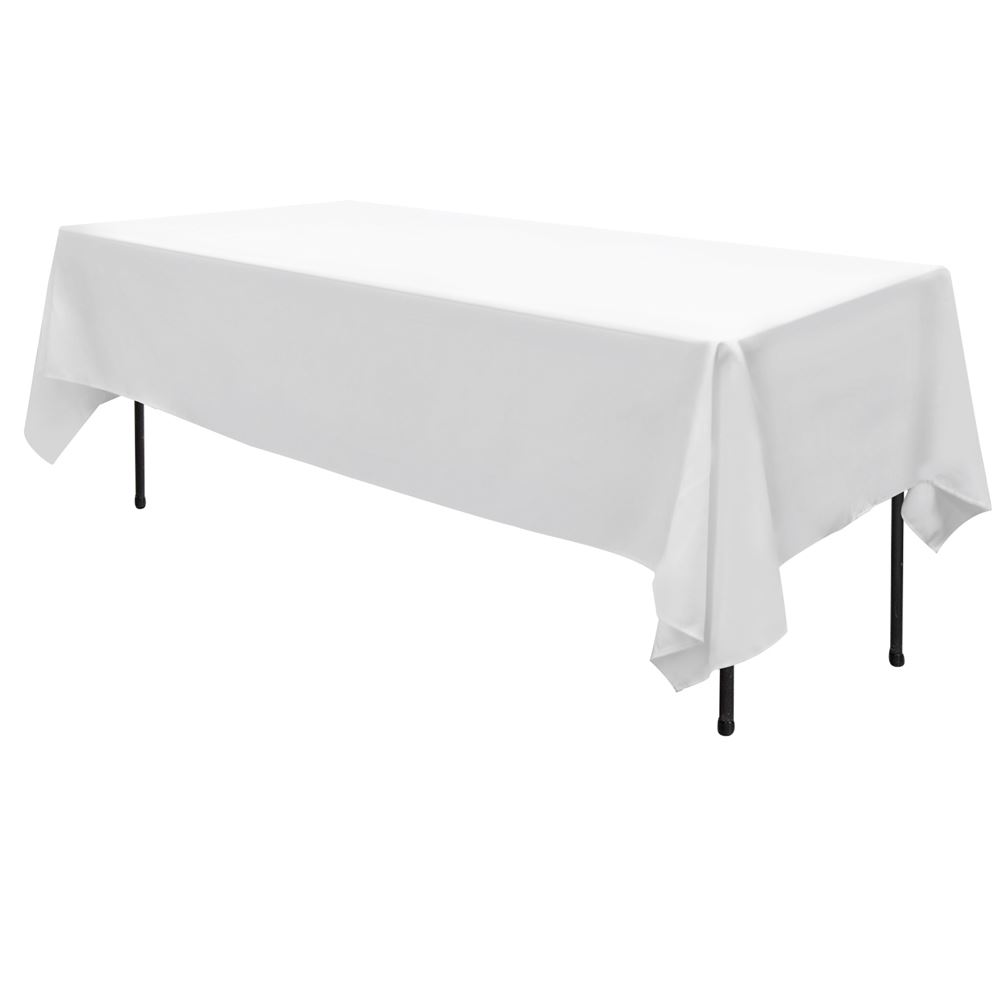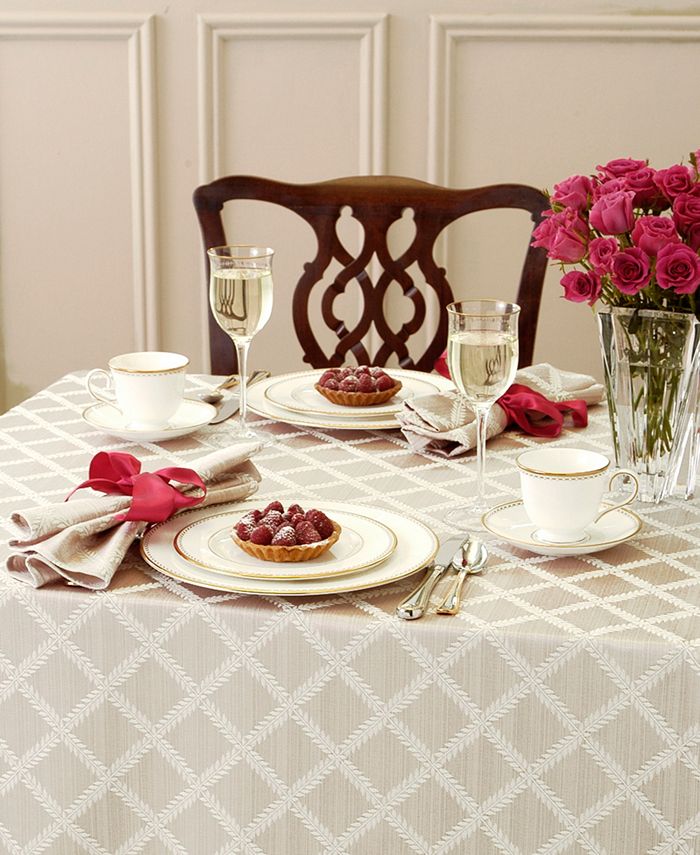Ultimate Guide to Flat Sheet Products: Discover the most effective for Your Bed room
Ultimate Guide to Flat Sheet Products: Discover the most effective for Your Bed room
Blog Article
Bed Linen Textile Developments: Discovering Modern Trends and Creative Applications in Design and Fabric Industry
From lasting manufacturing techniques to cutting-edge weaving innovations, the development of bed linen is reshaping the landscape of the fabric market. As we dive right into the worlds of creative layout applications and the development of bed linen blends and crossbreed textiles, a brand-new phase unfolds in which bed linen's function in future textile technologies takes facility stage.
Sustainable Practices in Bed Linen Production
Sustainable methods in bed linen manufacturing have actually come to be progressively important in the textile market's efforts to lessen environmental impact and advertise ethical sourcing methods. Linen, a natural fiber stemmed from the flax plant, provides a series of benefits such as sturdiness, breathability, and biodegradability. However, conventional approaches of linen production can involve significant water intake, pesticide use, and energy-intensive procedures.
To resolve these challenges, lots of fabric suppliers are adopting sustainable practices throughout the bed linen manufacturing procedure. This includes sourcing flax from organic ranches that prevent dangerous chemicals and chemicals, implementing water-efficient retting techniques to extract fibers from the flax stalks, and using green dyes and coatings. Additionally, some companies are buying renewable resource resources to power their production centers and decreasing waste via recycling and upcycling efforts.
Technical Improvements in Linen Weaving
With the growing emphasis on lasting methods in linen production, the textile sector is now observing a rise in technological innovations specifically targeted at revolutionizing the art of linen weaving. These innovations are improving the way linen textiles are generated, supplying raised effectiveness, high quality, and creativity in weaving methods.
One of the essential technological developments in bed linen weaving is the assimilation of electronic looms. These advanced looms are geared up with software application that permits detailed and complex designs to be woven with precision. By digitizing the weaving procedure, makers can achieve better consistency and accuracy in their linen materials.
Furthermore, advancements in yarn spinning innovation have made it possible for the production of finer and even more resilient bed linen threads - table cloths. This leads to softer and smoother bed linen materials that retain their quality also after several usages and laundries
Furthermore, the growth of green dyeing processes and surfaces for bed linen materials is getting traction. These lasting methods not only decrease the ecological influence yet also deal with the increasing customer demand for fairly produced fabrics.
Creative Design Applications for Bed Linen
Innovative artistic strategies are increasingly forming the innovative style applications for linen in the fabric industry. Linen's all-natural aesthetic allure and ability to blend with other materials make it a favored selection for creating distinct garments and accessories that cater to the environmentally conscious consumer.
In addition, developers are explore bed linen in home decor, utilizing its sturdy and breathable nature to craft elegant furnishings such as drapes, bedding, and furniture. The texture and drape of linen bring a sense of elegance and comfort to interior rooms, adding a touch of beauty to contemporary homes.

Bed Linen Blends and Hybrid Fabrics

Crossbreed textiles, on the various other hand, take the concept of blending a step better by including extra elements such as metal strings, recycled materials, or conductive fibers. These cutting-edge textiles not only expand the design possibilities yet also present useful facets like conductivity, antimicrobial residential properties, or boosted longevity. Hybrid fabrics are increasingly being used in various industries, including style, interior decoration, and technical textiles, where the need for multifunctional products gets on the rise.
Linen's Function in Future Fabric Innovations
:max_bytes(150000):strip_icc()/sage-teddy_46-7e12be353dfc4e69b1afc52bf5af2820.jpg)
In the world of future fabric innovations, bed linen is expected to be a key gamer in the advancement of sophisticated practical textiles. Researchers and developers are checking out read ways to enhance bed linen's intrinsic top qualities with technical developments, such as including smart textiles, nanotechnology, and performance finishes. These developments intend to elevate bed linen's performance qualities, making it ideal for a wider series of applications, from activewear to protective apparel.
Moreover, the combination of bed linen with other all-natural or artificial fibers opens limitless opportunities for producing novel textiles with distinct properties and performances. By leveraging linen's attributes and checking out innovative blends, the fabric industry is positioned to present amazing developments that satisfy developing consumer demands and sustainability needs.
Final Thought
Finally, the expedition of lasting techniques, technical developments, imaginative design applications, linen blends, and its duty in future fabric advancements highlight the constant evolution of linen fabric in the modern-day design and fabric industry. With an emphasis click over here now on development and imagination, the versatility and environmentally friendly nature of linen make it an important material for developers and suppliers alike, leading the way for additional growths and developments in the field of textiles.
As we delve into the realms of innovative layout applications and the emergence of bed linen blends and hybrid fabrics, a brand-new chapter unfolds in which linen's duty in future textile developments takes center phase.
Checking out the combination of linen with various other materials has led to the development of innovative blends and crossbreed fabrics in the contemporary fabric industry. Bed linen blends supply a special combination of the qualities of bed linen with those of various other fibers, resulting in textiles that have enhanced residential check this site out or commercial properties such as boosted longevity, boosted draping, and minimized wrinkling.The evolution of bed linen blends and crossbreed textiles has actually established the stage for Bed linen to play a crucial function in driving future fabric technologies.In the world of future textile technologies, bed linen is expected to be a key gamer in the growth of advanced practical materials.
Report this page